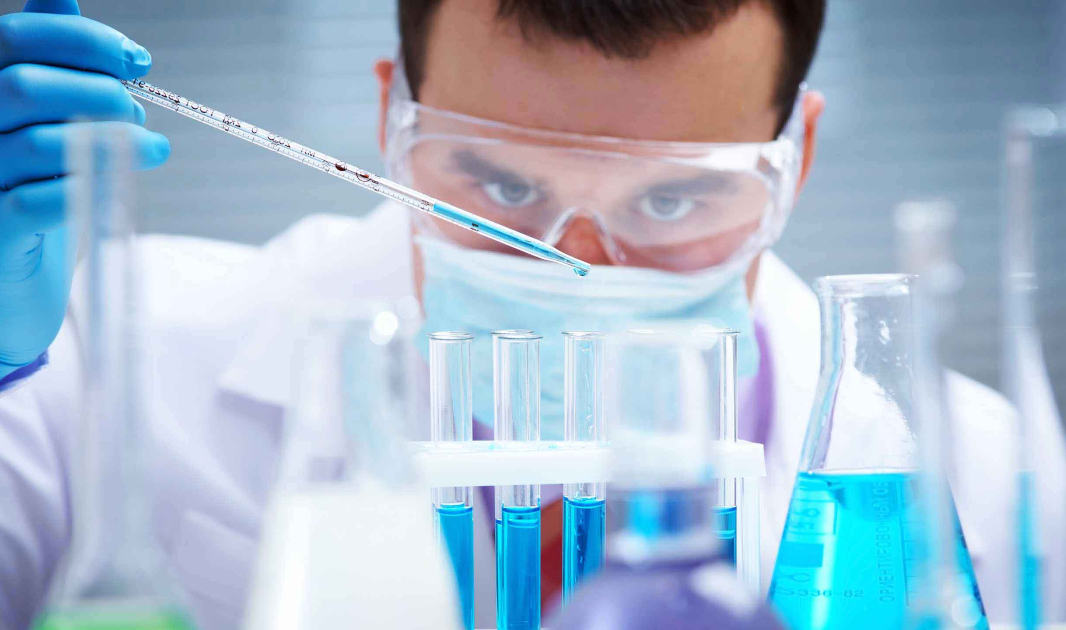In laboratory settings, the importance of sterilization cannot be overstated. Sterilization is the process of eliminating or destroying all forms of microbial life, including bacteria, viruses, spores, and fungi, on a surface or in a medium. Sterilization methods in the laboratory are crucial to ensure the accuracy and reliability of experiments, as well as to maintain a safe working environment.
Lab Sterilization can be achieved by a combination of heat, chemicals, irradiation, high pressure, and filtration like steam under pressure, dry heat, ultraviolet radiation, gas vapor sterilants, chlorine dioxide gas, etc. Effective sterilization techniques are essential for working in a lab and negligence of this could lead to severe consequences, it could even cost a life.
So what are the most commonly used methods of sterilization in the laboratory, and how do they work?
Heat Method
This is the most common method of sterilization. The heat is used to kill the microbes in the substance. The extent of sterilization is affected by the temperature of the heat and the duration of heating. On the basis of the type of heat used, heat methods are categorized into-
(i) Wet Heat/Steam Sterilization – In most labs, this is a widely used method that is done in autoclaves.. Autoclaves use steam heated to 121–134 °C under pressure. This is a very effective method that kills/deactivates all microbes, bacterial spores, and viruses. Autoclaving kills microbes by hydrolysis and coagulation of cellular proteins, which is efficiently achieved by intense heat in the presence of water. The intense heat comes from the steam. Pressurized steam has a high latent heat and at 100°C it holds 7 times more heat than water at the same temperature. In general, Autoclaves can be compared with a typical pressure cooker used for cooking except in the trait that almost all the air is removed from the autoclave before the heating process starts. Wet heat sterilization techniques also include boiling and pasteurization.
(ii) Dry heat sterilization – In this method, specimens containing bacteria are exposed to high temperatures either by flaming, incineration, or a hot air oven. Flaming is used for metallic devices like needles, scalpels, scissors, etc. Incineration is used especially for inoculating loops used in microbe cultures. The metallic end of the loop is heated to red hot on the flame. The hot air oven is suitable for dry materials like powders, some metal devices, glassware, etc.
Chemical Method of Sterilization
Heating provides a reliable way to get rid of all microbes, but it is not always appropriate as it can damage the material to be sterilized. In that case, methods of chemical sterilization are used which involve the use of harmful liquids and toxic gases without affecting the material. Sterilization is effective using gasses because they penetrate quickly into the material like steam. There are a few risks, and the chances of explosion and cost factors are to be considered.
The commonly used gasses for sterilization are a combination of ethylene oxide and carbon dioxide. Here Carbon dioxide is added to minimize the chances of an explosion. Ozone gas is another option that oxidizes most organic matter. Hydrogen peroxide, Nitrogen dioxide, Glutaraldehyde and formaldehyde solutions, Phthalaldehyde, and Peracetic acid are other examples of chemicals used for sterilization. Ethanol and IPA are good at killing microbial cells, but they have no effect on spores.
In this sterilization method, three types of filters are utilized:
- Seitz filters – Constructed from materials like asbestos, these filters are pad-like and thicker compared to membrane filters. Seitz filters remain intact during filtration, but they may absorb the solution. Sintered glass filters serve as an alternative; made from glass, they do not absorb liquids, but they are delicate and prone to breaking.
- Membrane filters – These thin filters, made of cellulose, are suitable for real-time sterilization during injections. Positioned between the needle and syringe, these filters, however, are susceptible to rupturing, which may compromise the sterilization process.
- Candle filters – Comprising clay materials such as diatomaceous earth, these filters contain tiny pores created by algae. The filters feature numerous elongated pores that capture microbes as they navigate through the candle.

Filtration
Filtration is the quickest way to sterilize solutions without heating. This method involves filtering with a pore size that is too small for microbes to pass through. Generally filters with a pore diameter of 0.2 um are used for the removal of bacteria. Membrane filters are more commonly used filters over sintered or seitz or candle filters. It may be noted that viruses and phages are much smaller than bacteria, so the filtration method is not applicable if these are the prime concern.
Radiation Sterilization
This method involves exposing the packed materials to radiation (UV, X-rays, gamma rays) for sterilization. The main difference between different radiation types is their penetration and hence their effectiveness. UV rays have low penetration and thus are less effective, but it is relatively safe and can be used for small-area sterilization. X-rays and gamma rays have far more penetrating power and thus are more effective for sterilization on a large scale. It is, however, more dangerous and thus needs special attention. UV irradiation is routinely used to sterilize the interiors of biological safety cabinets between uses. X-rays are used for sterilizing large packages and pallet loads of medical devices. Gamma radiation is commonly used for the sterilization of disposable medical equipment, such as syringes, needles, cannulas and IV sets, and food.
Solvent
In the solvent sterilization method, isopropanol is the most commonly used solvent for fat. Whereas, ethanol is typically used as a disinfectant. Both of them denature proteins – via a process that involves water. So, 60-90% diluted forms of these two solvents in water are very effective for sterilization. The important thing to remember here is that even though ethanol and isopropanol effectively kill microbial cells, they do not have the same effect on spores.
FAQs
Q. What is the cold water sterilizing method?
The cold water sterilizing method uses a mixture of chemicals and cold water to sterilize the feeding equipment, These chemicals are available in tablet as well as liquid form. After the mixture is prepared, the item to be sterilized is placed in the mixture for at least 30 minutes.
Q. What are the 3 general methods of chemical sterilization?
The three general methods of chemical sterilization include steam (wet heat), ethylene oxide (EtO), and autoclaving (dry heat) sterilization.
Q. Which is the most effective sterilization method in the laboratory?
Autoclaving is the most popular sterilization method in the laboratory as it effectively kills all microbes, viruses, and spores.
How Evolve can help
Understanding the different sterilization methods and their specific applications is essential for laboratory professionals to maintain a sterile environment and ensure the accuracy of experimental results. The choice of sterilization method depends on factors such as material composition, temperature sensitivity, and the presence of organic matter. By staying informed about these techniques, laboratory personnel can optimize their sterilization processes and promote a safe and reliable working environment.
Whether you’re still in the ideas phase of a new science-led project or are looking to grow, Evolve will help you confidently take your next steps. Tap into our team of experts, here to guide you through our products, services and planning. If you need to speak with us right away, call us or visit our Support Centre page. You’ll be glad you did.
Good to know
Discover more about the Evolve team and the individuals who drive our success.
Are you ready to join us?
Join Evolve and you’ll step into a science-led business with so much to offer you. The work we do makes a real and lasting difference to the lives of our customers and communities.
Science is essential to the way the world operates – and that means you’ll be doing work with impact. A career with us can offer incredible variety, depth and breadth of experience.
We recruit the very best scientists, engineers, technicians and experts to tackle the issues that really matter to our customers. We support our people at every step of their career journey and give them the freedom to succeed in their own, authentic way.


